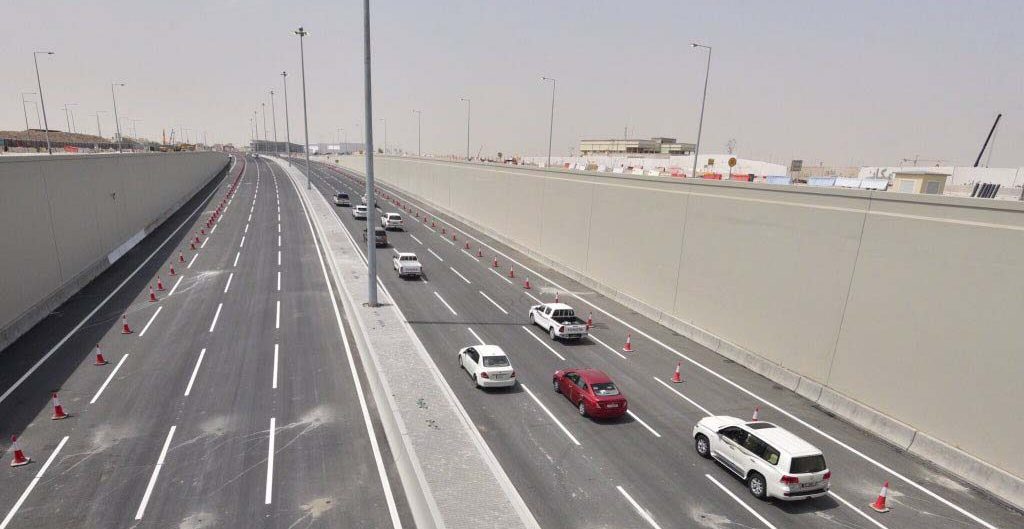Non-motorised transport does not emit greenhouse gas emissions or local air pollutants, helping to achieve a greener environment.
Walking, cycling, and small-wheeled transport are among the elements of a newly updated transport plan in Qatar.
The Gulf nation’s policies, under the Transportation Master Plan for Qatar 2050 (TMPQ), push for non-motorised transportation to lessen traffic and reduce pollution.
According to the updated plan, published by the Ministry of Transport on its website, there are 60 policies for land transportation in the TMPQ that call for 287 policy actions.
The TMPQ serves as a guide for making investments in land transportation infrastructure and identifies the frameworks as well as the future direction for building out the transportation network.
This includes its integration with land usage, urban development, population growth, and meeting future transportation demand.
The policies aim to improve the environment and lessen the effects of climate change through the promotion of clean technologies, the reduction of noise pollution, and the reduction of vehicle emissions of carbon monoxide, carbon dioxide, and other noxious gases and particulates.
“This includes policies to shift travellers to more sustainable short trip and last mile solutions,” the website stated.
Non-motorised transport does not emit greenhouse gas emissions or local air pollutants. Every increase in NMT therefore leads to a direct decrease in emissions, thus pushing for a greener and much cleaner environment.
With that being said, Qatar has already put many infrastructure projects into place in recent years. Between 2013 and 2022, the Public Works Authority (Ashghal) constructed 2,131 km of bike and pedestrian paths.
Some paths inside parks are also air -conditioned to allow residents and citizens to enjoy walking or cycling even during the summer.
Cleaner policies
The management and planning of new developments are related to the transportation and land use policies.
The policies for freight movement cover the transportation of goods to, from, and within Qatar, including heavy and light goods, perishables, dangerous goods, etc., and include the creation of a network of truck routes.
They are made to promote integration of land use and transportation planning, especially for significant developments, and to enhance agency coordination. They also set up mechanisms for developer contributions to transportation infrastructure.
The safety and security regulations also include rules concerning the use of seatbelts, cell phones, vehicle import restrictions, and the de-registration of old vehicles, all of which are intended to increase the general safety and security of Qatar’s transportation system.
The technology policies were created to integrate Qatar’s transportation system, which includes intelligent transportation technology, “smart” cards, intelligent sensors and detection equipment, traveller information systems, and variable message signage.
A comparison with ITS programs in other Gulf Cooperation Council (GCC) nations is also included.
The policies created for roads are intended to maximise their use and the capacity of a network of roads already in place by adapting them for a wider range of uses by public transportation and other sustainable modes.
In order to encourage a shift away from the private vehicle, public transport policies are intended to improve the network coverage and existing public transportation services.
Enhancing service quality and frequency on the public bus network, performance monitoring and and giving priority to public transportation are also covered.
The multi-modal policies address connections between different modes (public transportation, private vehicles, walking, and cycling) and employ strategies like planning and designing interchanges.







